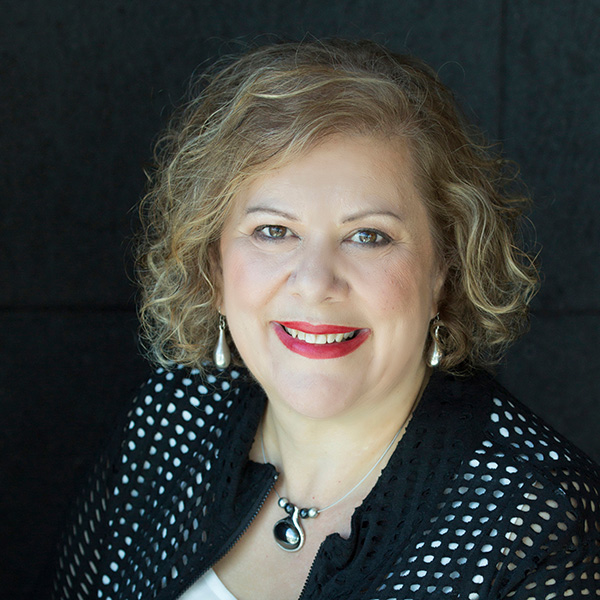While some people choose to take a career break to care for children, elderly parents or loved ones, others choose to take time off from work to pursue a desire to travel, enjoy a simpler life and slower pace, or to recharge and reconnect with those around them.
If you’re transitioning back to work after a long break, getting back to work requires you to be flexible open and patient. You are planning to move forward into a new season of your career and it’s likely to be different to what you have been used to doing, and perhaps even different to the work you did before taking the break.
Today’s article provides a checklist that will ensure you are prepared for the transition back to work. Ideally, I recommend you give yourself three to six months to work through this list before returning to work. However, if your timeline is shorter than this, you will still find this article helpful to navigate the changing nature of work and the best way for you to engage in a meaningful role you can enjoy and be paid for!
1. Identify Your Skills
A great starting point is to make a list of your current skills and see what types of jobs would be suitable with your skill set. The Job Outlook website is provided by the Australian Government and provides a guide to Australian skills based on a number of very useful tools including:
- Skills Match – to get ideas for new jobs that use your skills
- Career Quiz – to discover careers that match your work style
- Explore Australia – to explore careers in demand where you live
- Future Outlook – to find industries and jobs expected to grow
Also see point 3 about having conversations with people who know you and have worked with you to help identify the skills you are good at.
2. Identify Your Priorities
Even though you may have developed a comprehensive list of skills you are good at, it’s essential that you take the time to think about what are the priorities for the type of work you wish to do.
Examples of factors to consider when you develop your list of priorities are:
- Use of skills you enjoy using
- Opportunities to develop new skills
- Job Location
- Flexible / remote working options
- No. Days per week / fortnight
- Remuneration
- Type of Work
- Culture of team
- Style of manager
- Challenge level of work
Designer and educator Silvia Grimaldi found clarity on what mattered when returning to work after maternity leave:
“Put value in things that are valuable for your career and the direction you want to go in. Everything else can take a backseat.”
3. Have Lots of Conversations
Speaking to people who know you, have worked with you or who work in the industries you are interested in exploring can help you from a number of perspectives.
It’s sometimes hard to know what we are good at. Asking others for feedback in this area is an invaluable step. Speaking to people who know you and have worked with you can help you identify your skills, as suggested in my first point. And when you start to see patterns in the skills people are suggesting you are good at, you know you are starting to uncover more about yourself. Self discovery is the key to a fulfilled life!
4. Do Your Research
With globalisation, technological progress and demographic changes in Australia changing the way we work and changing the types of skills employers are requiring of their employees, it’s important you take the time to have the right conversations with the right people to explore where there is a suitable match for your skills and the demand for these skills.
Research the industries you’re keen to learn more about and see what is happening in the industry. You can do online research via the Job Outlook website and spend time on LinkedIn and Twitter, reading the updates and opinions from the leaders of industry to stay informed about changes and opportunities you can potentially explore.
Speaking to people in new or existing industries is an excellent way to reconnect with old colleagues and get up to speed with what’s been happening in the workplace and industry since you’ve taken a break. Use LinkedIn to look up old work colleagues and see which industries they are working in now. For those who have made the transition back to work, or who are working in industries you are keen to learn more about, arrange a catch up and ask them for their perspective and advice.
5. Identify Possible Retraining Up-Skilling Opportunities
Check all of your qualifications and accreditations. Are they current? Will you be required to have these for the types of roles you wish to apply for? Once you’ve identified potential roles or industries you are keen to pursue work in, you may also identify a gap in your skills and need to undertake some re-training or up-skilling.
Do not panic! It’s good for you to refresh old skills and learn new ones. Returning to study also demonstrates to future employers that you are committed to professional development, which is a positive attribute and may just be the factor that gives you the edge over other candidates.
The myskills website provides a starting point for finding and comparing the outcomes, durations and locations of nationally-accredited training from registered training providers.
For Australians aged 45 to 70 years old, the $17.4 million Skills Checkpoint Program provides eligible Australians with advice and guidance on transitioning into new roles within their current industry or pathways to a new career, including referral to relevant education and training options.
It is a program to support 20,000 Australians over 4 years by providing targeted support to help them stay in or get into the workforce. Visit the Skills Checkpoint Program website to check your eligibility and access the program.
6. Volunteer
Volunteering will help you increase your confidence, meet new people and learn more about the particular areas you choose to volunteer in. To find out more about opportunities to volunteer in your local area visit the Seek Volunteer website.
There is no better way to get to know an industry or a role than immersing yourself in it! And if you’ve taken a long break from work, volunteering gives you the opportunity to practice and develop your social skills, since you are meeting regularly with a group of people with common interests. Once you have momentum, it’s easier to branch out and make more friends and contacts.
7. Meet with a Professional
Engaging the services of a career consultant is an increasingly popular choice for people who are transitioning back to work. With a changing and increasingly competitive job market. partnering with a career consultant to assist your return to the workforce can make the transition:
- Less overwhelming
- More productive
- Easier to navigate.
The career consultant spends most of their days (and some weekends!) helping people who are looking for work. This means they are in the best possible position to understand the market, strengths, roles and the success factors for the geographic markets they work in.

I am a passionate Career Coach who works with individuals in the explore and search phase of their career journey, helping you realise your strengths through my career coaching and training programs. I enjoy showing people the path to greater career satisfaction and providing insight and tools to help you make your next career move.



